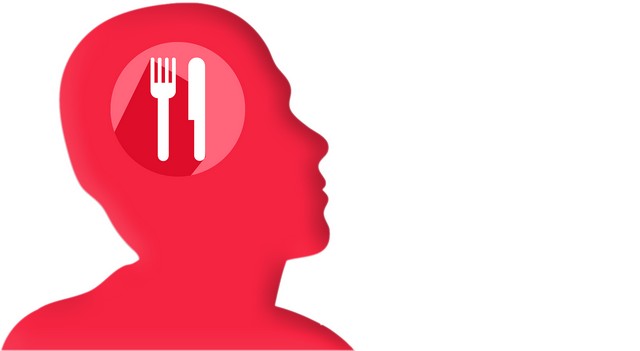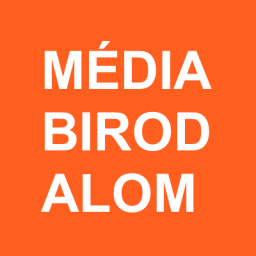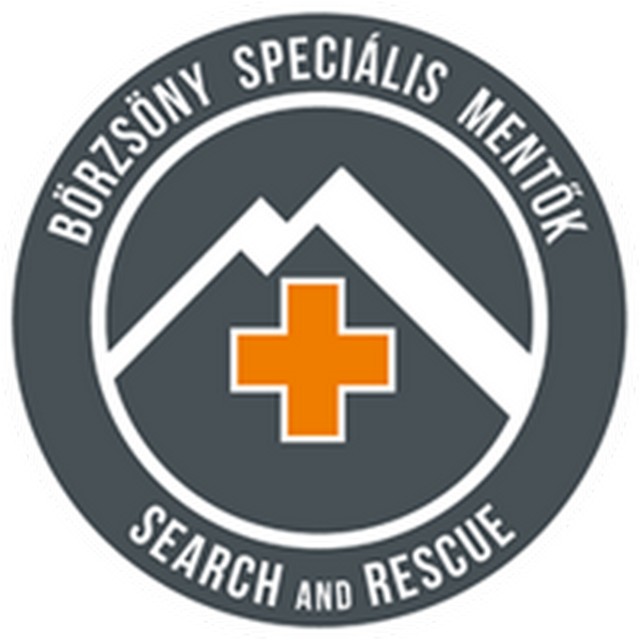Női egészség és várandósság és táplálkozás

Felhasznált irodalom
- Kjelsås E, Bjørnstrøm C, Götestam K. Prevalence of eating disorders in female and male adolescents (14-15 years). Eating behaviors. 5. 13-25. 10.1016/S1471-0153(03)00057-6.)
- Központi Statisztikai Hivatal. Népmozgalom, 2018. Statisztikai tükör, 2019. május 20. https://www.ksh.hu/docs/hun/xftp/idoszaki/nepmozg/nepmoz18.pdf (letöltve 2020. február)
- Nurullah AS. (2010): Gender differences in distress: The mediating influence of life stressors and psychological resources. Asian Social Science, 6 (5): 27-36
- Szántó Zs, Susánszky É. Gender és egészség – szakirodalmi áttekintés. Mentálhigiéné és Pszichoszomatika 11 (2010) 4, 255-276 DOI:10.1556/Mental.11.2010.4.2
- Szűcs Zs. OKOSTÁNYÉR® – új táplálkozási ajánlás a hazai felnőtt lakosság számára (2016.) Új Diéta, 2016. 3. Szám
- Schmidt J. Családtervezés és egészséges táplálkozás. Új Diéta. 2007; 3-4, 34–35.
- World Health Organization. Preconception care to reduce maternal and childhood mortality and morbidity. Geneva: World Health Organization; 2012.
- Ádám J, Shenker-Horváth K. Perinatális dietetika. In: Varga K, Andrek A, Molnár JE. A szülés és születés minősége a perinatális tudományok megközelítésében. Budapest: Medicina; 2019.
- Chandler A, Hobbs C. et al. Neural tube defects and maternal intake of micronutrients related to one-carbon metabolism or antioxidant activity. Birth Defects Res. A. Clin. Mol. Teratol. 2012;Nov;94(11):864-74. doi:10.1002/bdra.23068.
- Skeaff S. Iodine Deficiency in Pregnancy: The Effect on Neurodevelopment in the Child. Nutrients, 2011;3(12), 265-273. http://dx.doi.org/10.3390/nu3020265.
- World Health Organization. WHO recommendations on antenatal care for a positive pregnancy experience. Geneva: World Health Organization; 2016.
- World Health Organization. Healthy diet. Fact sheet No. 394. Geneva: World Health Organization; 2015.
- Scientific Advisory Committee on Nutrition. Advice on fish consumption: benefits and risks. London: SACN TSO; 2004.
- World Health Organization. The global prevalence of anaemia in 2011. Geneva: World Health Organization; 2015.
- Khayat S, Fanaei H, Ghanbarzehi A. Minerals in Pregnancy and Lactation: A Review Article. J Clin Diagn Res. 2017; 11(9):QE01–QE05. doi: 10.7860/JCDR/2017/ 28485.10626
- World Health Organization. WHO Guideline: calcium supplementation in pregnant women. Geneva: World Health Organization; 2013.
- Aghajafari F, Nagulesapillai T, Ronksley P, Tough S, O’Beirne M, Rabi D. (2013). Association between maternal serum 25-hydroxyvitamin D level and pregnancy and neonatal outcomes: systematic review and meta-analysis of observational studies. Br. Med. J. 2013; 346(mar26 4), f1169-f1169. http://dx.doi.org/10.1136/bmj.f1169
- Robinson S, Nelson-Piercy C, Harvey NC, Selby P, Warner JO. Vitamin D in Pregnancy. Scientific Impact Paper No. 43., London: Royal College of Obstetricians and Gynaecologists; 2014.
- Takács I, Benkő I. et al. Második magyarországi konszenzus a D-vitamin szerepéről a betegségek megelőzésében és kezelésében. Magyar Orvos. 2014;S1:5-26. S1:4-22.
- Papp Z. A várandósgondozás kézikönyve. Budapest: Medicina; 2016.
- Haider BA, Bhutta ZA. Multiple-micronutrient supplementation for women during pregnancy. Cochrane Database Syst Rev. 2015;(11):CD004905.
- Devakumar D, Fall CHD. et al. Maternal antenatal multiple micronutrient supplementation for long-term health benefits in children: a systematic review and meta-analysis. BMC Med. 2016;14(1):90.
- Streissguth AP, Bookstein FL. et al. Risk factors for adverse life outcomes in fetal alcohol syndrome and fetal alcohol effects. Developmental and Behavioral Pediatrics, 2004; 5(4), 228-238.
- Joint Formulary Committee UK. Disorders of gastric acid and ulceration. Chapter 1: Gastro-intestinal system. In: British National Formulary (BNF). London: BMJ Publishing Group Ltd and Royal Pharmaceutical Society; 2016.
- EFSA, Panel on Dietetic Products, Nutrition, and Allergies. Scientific Opinion on Dietary Reference Values for water. EFSA Journal 2010; 8(3):1459
- NEFMI. A Nemzeti Erőforrás Minisztérium szakmai protokollja az egészséges csecsemő (0-12 hónapos) táplálásáról. Hivatalos Értesítő, 2010;104.
- ESPGHAN. Breast-feeding: A Commentary by the European Society for Paediatric Gastroenterology, Hepatology and Nutrition Committee on Nutrition. J Ped Gastr Nutr, 2009 Jul;49(1):112-25.
- Országos Gyógyszerészeti és Élelmezés-egészségügyi Intézet. Országos Táplálkozás és Tápláltsági Állapot Vizsgálat (OTÁP 2014). https://www.ogyei.gov.hu/otap_2014/ (letöltve: 2017. március 23.)
- Segura SA, Ansótegui JA, Díaz-Gómez NM. The importance of maternal nutrition during breastfeeding: Do breastfeeding mothers need nutritional supplements? Anales de Pediatría (English Edition) 2016; Volume 84, Issue 6, Pages 347.e1-347.e7








